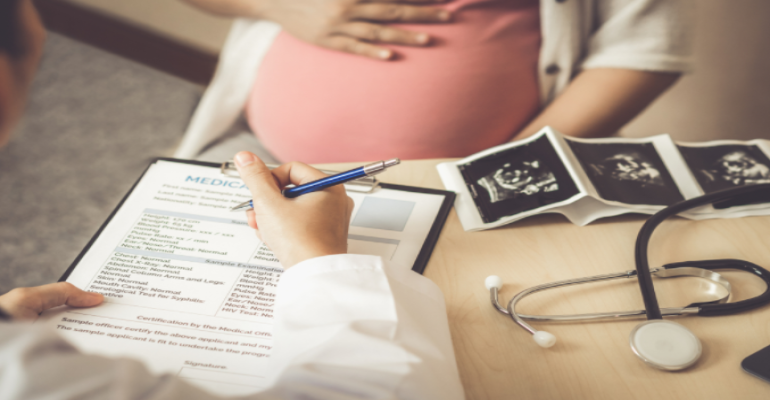
Fertilization of Eggs
Fertilization of the Eggs
One of the most commonly preferred treatments for couples experiencing infertility is the in vitro fertilization (IVF) technique. In short, this treatment involves bringing sperm and egg cells together outside the body. In both the classic IVF method and the advanced microinjection (ICSI) application, two steps are performed: fertilization and embryo transfer.
Fertilization is the process where the male reproductive cell (sperm) and the female reproductive cell (egg) unite to form the zygote, which will develop into a baby. After ovarian stimulation in IVF treatment, the retrieved eggs are evaluated for their maturity. Only mature eggs are included in the IVF process.
At this stage, high-quality eggs and sperm cells are combined using the microinjection method. After the microinjection procedure, the eggs are kept in special environments that mimic the conditions inside the uterus in terms of temperature, humidity, and gas composition. Later, the development of the zygotes is observed under a microscope and the fertilization status is examined.
Following the microinjection (ICSI) procedure, fertilization failure—meaning no eggs get fertilized—can also occur. This is a relatively rare situation, appearing in approximately 1-3% of treated couples.
How Does the Fertilization Process Take Place?
The eggs taken from the mother and the sperm cells taken from the father are fertilized under laboratory conditions. This step applies to both the classic IVF method and the microinjection method, where sperm are directly injected into the egg.
To obtain healthy and fertilizable eggs, ovarian stimulation must first be performed.
The eggs collected from the mother and sperm collected from the father are analyzed by embryologists, and the ones suitable for IVF treatment are selected. In classic IVF treatment, the selected eggs are kept in special environments for about 4 hours before fertilization. Then, sperm collected on the same day from the father are combined with the eggs and allowed to fertilize naturally.
In classic IVF treatment, sperm fertilizes the egg on its own. In the microinjection process, the sperm cell is directly injected into the egg cell to complete fertilization. The microinjection method is preferred when sperm motility is insufficient or when there are five or fewer eggs retrieved, instead of classic IVF treatment.
Why Does Fertilization Fail?
In most patients where fertilization does not occur after microinjection, there are either severe problems in sperm parameters or poor quality of retrieved eggs. For various reasons, fertilization rates may be low or fertilization may fail completely. These conditions include:
- Microinjection performed with completely immotile sperm,
- Deficiency or absence of the acrosome, the head region of the sperm,
- Unexplained fertilization failure despite normal sperm evaluation and good ovarian reserve in some patients,
- Fertilization failure due to poor egg quality.

